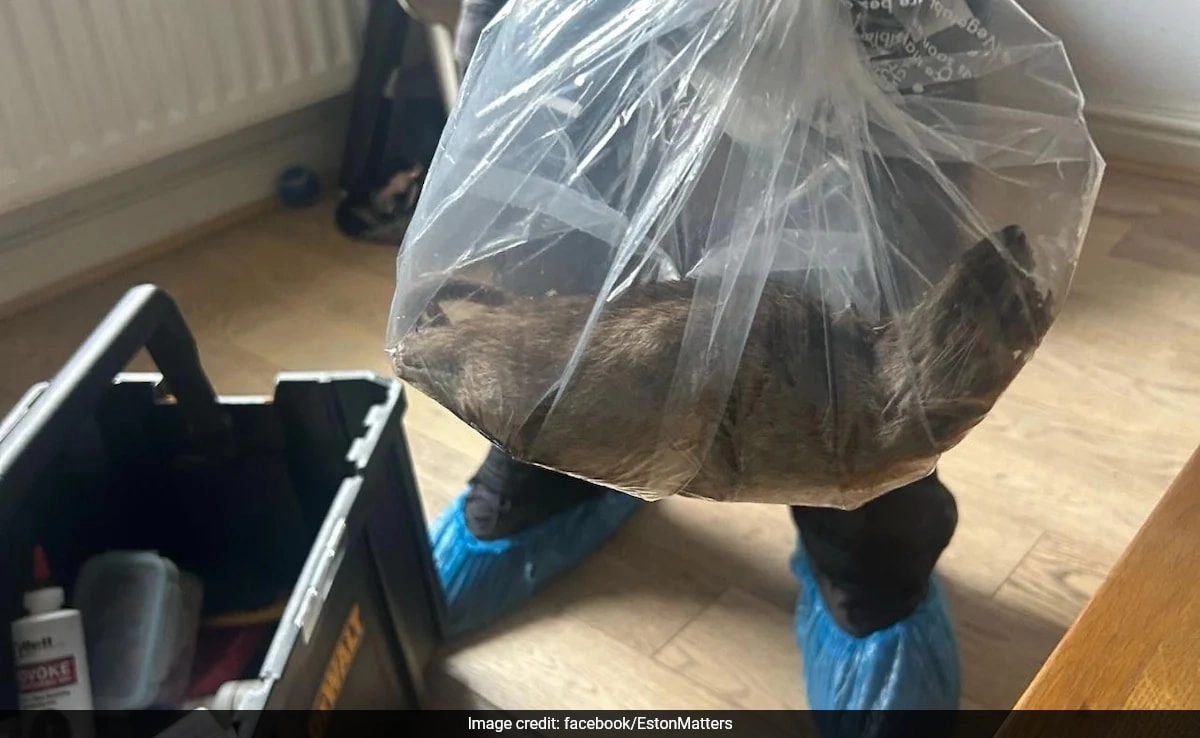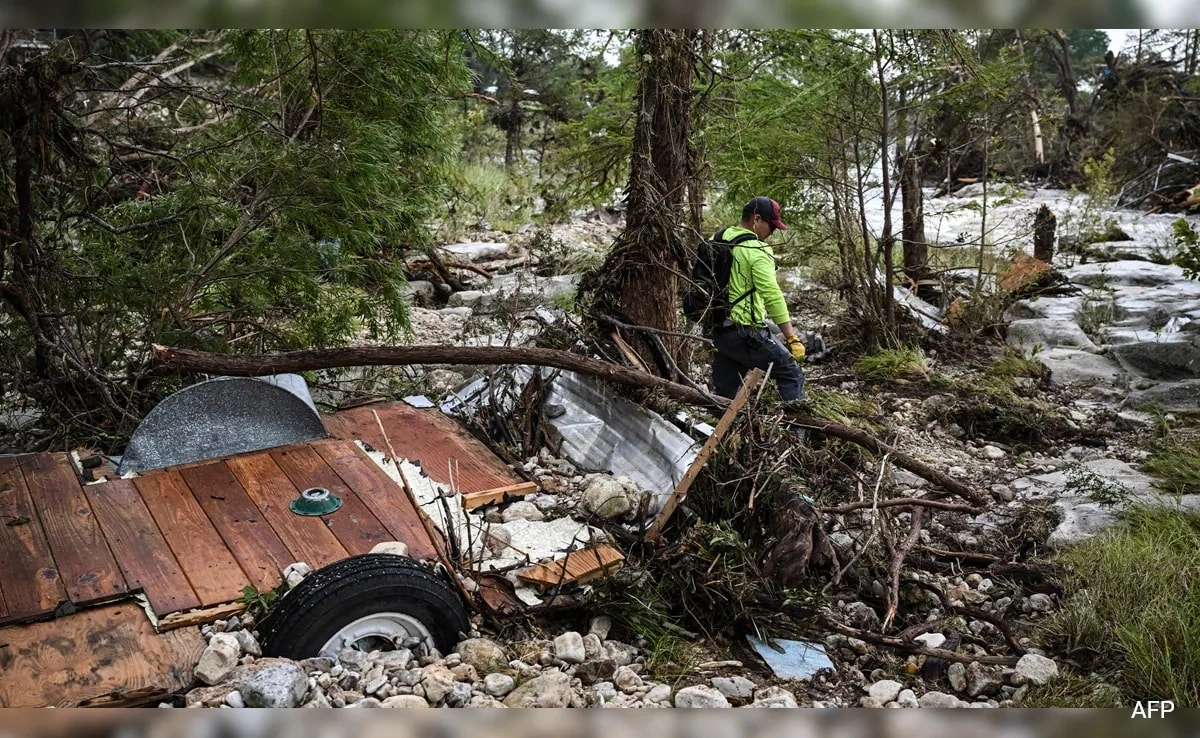In an astonishing discovery that has captured public attention, a homeowner in the UK found a rat measuring an incredible 22 inches in length. This remarkable creature has sparked discussions about the size of common pests and their implications for homeowners. Typically, rats are known for their smaller sizes, with average lengths ranging from 9 to 11 inches, making this particular rat a size that can only be likened to that of a small cat. Its sheer size raises questions about the environmental factors that could contribute to such extraordinary growth in urban wildlife.
The finding has prompted experts to delve into the reasons behind the unusually large rat. Factors such as the availability of food sources, changes in urban landscapes, and the increase in waste management issues can all create an environment where rats thrive. In cities, the adaptability of these creatures often leads to their rapid population growth, and larger sizes may result from a diet that is more varied and abundant than in the wild. Such an occurrence serves as a reminder of the challenges faced by urban areas regarding pest control and the importance of maintaining clean environments to deter these rodents.
The discovery of a rat of this size also raises concerns about public health and safety. Larger rats can pose significant risks, as they are known carriers of various diseases that can affect humans and pets alike. The presence of such a creature in residential areas highlights the need for effective pest management strategies and increased awareness among homeowners. It serves as a wake-up call to take preventive measures, such as securing food sources and ensuring proper waste disposal to mitigate the risk of attracting these larger rodents.
In conclusion, the 22-inch rat found in the UK stands as a striking example of how wildlife can adapt to urban environments, leading to unexpected and sometimes alarming encounters. It emphasizes the importance of understanding and addressing the factors contributing to the proliferation of such pests. As urbanization continues to expand, it becomes increasingly vital for communities to implement effective measures to manage wildlife populations and promote a healthier living environment for all.




